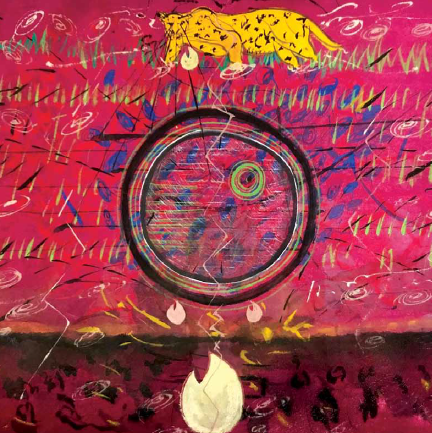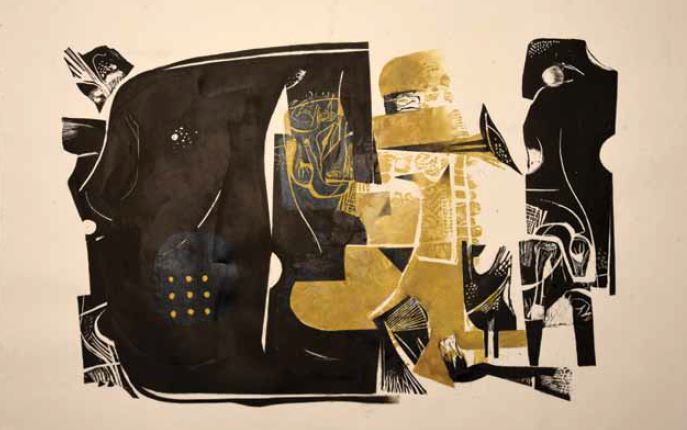
In the realm of art history, Georges Seurat is celebrated as one of the pioneers of Pointillism, a groundbreaking artistic technique that captivated the world with its mesmerizing intricacy. His famous paintings, such as “A Sunday on La Grande Jette” and “Bathers at Asnières,” have left an indelible mark on the art world. Seurat’s works continue to be celebrated for their remarkable fusion of science and art, as well as their ability to capture the essence of a moment with unparalleled precision.
“A Sunday on La Grande Jette,” created between 1884 and 1886, is arguably Seurat’s most renowned masterpiece. This large-scale painting, measuring approximately 7 by 10 feet, is a breathtaking example of Pointillism. Seurat employed thousands of tiny, distinct dots of colour to construct the entire scene. The result is a visual marvel that comes to life when viewed from a distance. The meticulous placement of these points of colour allows the viewer’s eye to blend them optically, producing a vivid and harmonious image.
The scene depicted in “A Sunday on La Grande Jette” is a tranquil and leisurely Sunday afternoon in the suburbs of Paris, along the banks of the Seine River. It showcases an array of characters, each caught in a candid moment, such as families enjoying picnics, elegantly dressed ladies, and men taking a leisurely stroll. Seurat’s meticulous attention to detail and the masterful execution of Pointillism make this work a prime example of the style’s principles.
Another iconic Seurat painting, “Bathers at Asnières,” was created in 1884 and shares the same meticulous technique. This painting, however, explores a different subject matter – a group of working-class bathers relaxing along the banks of the Seine River at the industrial suburb of Asnières. The contrast between the carefree bathers and the distant industrial landscape adds depth to the painting and raises questions about societal and class divisions.
The unique power of Seurat’s Pointillism is its ability to capture the fleeting nuances of light and colour in a way that traditional brushwork cannot. The pointillist technique encourages viewers to engage with the artwork actively, as it invites them to move closer and observe the individual dots that compose the larger image. This interaction brings forth an appreciation of Seurat’s craftsmanship, his dedication to the science of colour, and his mastery in creating vibrant, luminous scenes.
Seurat’s obsession with colour theory is evident in his meticulous planning and execution of each painting. He used a precise colour palette and applied his dots with a scientific understanding of how colours interact and blend in the human eye. This approach was heavily influenced by the works of Michel Eugène Chevreul, a chemist whose treatise on the laws of colour, “The Principles of Harmony and Contrast of Colours,” was an essential resource for Seurat. His commitment to understanding the interplay of colours and their psychological impact on the viewer’s perception sets Seurat apart as a true innovator.
Georges Seurat’s dedication to the principles of Pointillism revolutionized the art world. His legacy endures, with his masterpieces inspiring artists and art enthusiasts worldwide. Seurat’s “A Sunday on La Grande Jette” and “Bathers at Asnières” continue to captivate audiences, reminding us of the enduring allure of timeless art that melds science and creativity.
In conclusion, Georges Seurat’s famous paintings remain emblematic of the art world’s evolution. His pioneering technique, Pointillism, invites viewers to explore his works with a magnifying glass, where they can appreciate the intricate details and the fusion of art and science that culminate in masterpieces like “A Sunday on La Grande Jette” and “Bathers at Asnières.” These timeless works continue to captivate audiences, offering a glimpse into Seurat’s genius and his unwavering commitment to pushing the boundaries of artistic expression.









 " >
" >
 " >
" >